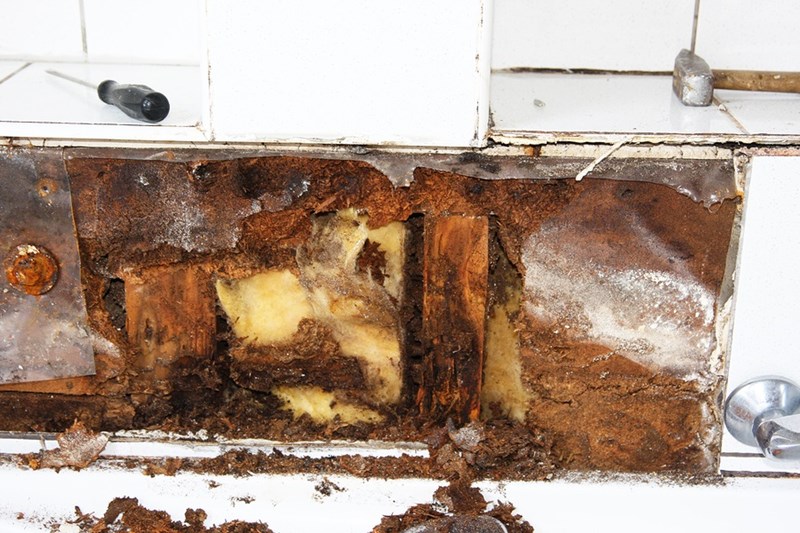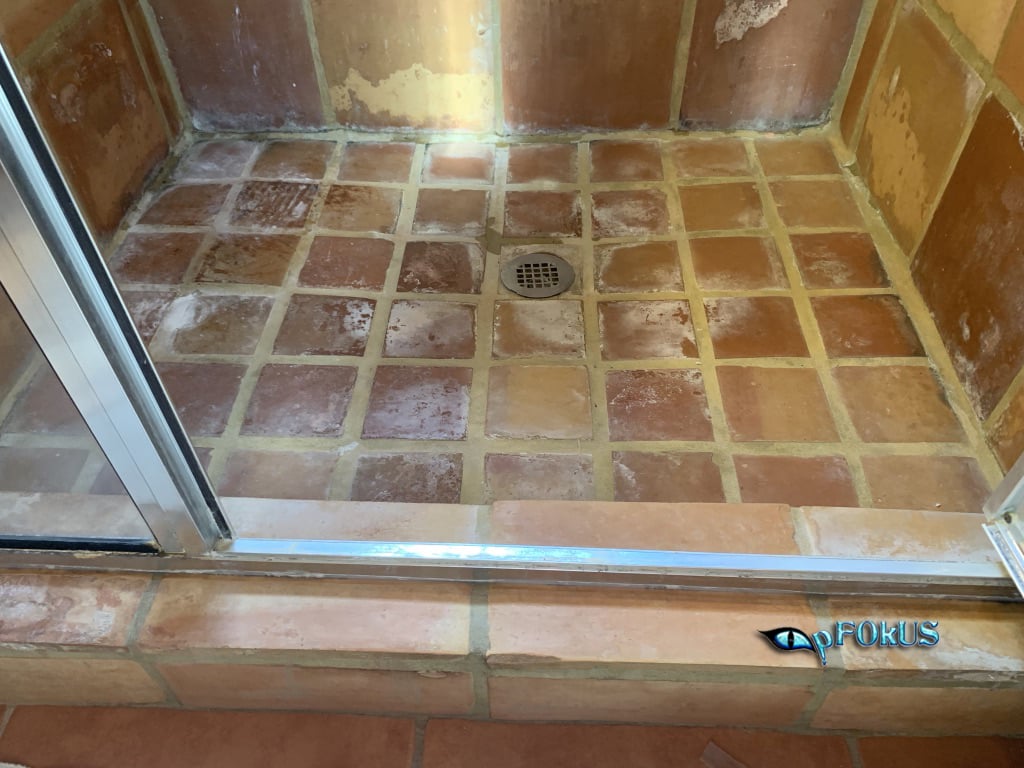Just How to Avoid Water Damage in Your Bathroom
Just How to Avoid Water Damage in Your Bathroom
Blog Article
This post below pertaining to How to Fix a Water Damage Bathroom is fairly remarkable. Don't miss it.

The restroom is extremely vulnerable for damp build-up and possible water damage due to the constant use water in it. This short article supplies straightforward evaluation strategies to assist detecting water damages dangers.
The frequent use water in the shower room makes it incredibly at risk for damp accumulation and also prospective water damage. By evaluating it frequently, you can lower water related damages.
The adhering to set of assessments is easy to do and also need to be done when in every three months in order to keep your washroom healthy and to stop prospective water damages caused by the bath tub, the shower, pipe joints and also plumbing, sinks, cupboards, and also the bathroom
Do not neglect doing these evaluations and also be extensive while performing them. Remember that these easy examinations can save you a great deal of money by giving early signs for water damages
Bathtub as well as Shower
The shower and bath tub require unique attention and upkeep. Inspect the floor tiles as well as change if broken. See to it that there is no missing cement between the ceramic tiles. Inspect as well as replace split caulking at joints where the wall surfaces meet the floor or the tub. Obstructed drains as well as pipelines troubles will stop the bath tub from drying out and may indicate severe issues under the bathtub. Speak with a specialist immediately to prevent structural damages. Take notice of discolorations or soft areas around the tub wall surfaces as they might indicate an internal leak.
Plumbing
Signs for water damages are tough to detect since most pipes are set up inside the wall surfaces.
Pay unique focus to floor covering and also wall surfaces moisture as well as spots as they might indicate an unnoticeable plumbing issue. Examine dampness degrees in adjoining spaces also.
Sinks and also Cabinets
Sinks as well as cupboards are revealed to moisture and humidity everyday and also are often overlooked. Examine on a regular basis under the sink and also on the kitchen counter above it. Repair any drip in the trap as it might recommend drainpipe troubles. Look around the sink, slow draining pipelines might show an obstructed drainpipe. Change sink seals if they are split or loose.
The Toilet
The bathroom is a prone water joint. Examine the water lines and also look for leakages around the commode seat, in the hose, and under the water tank. If you spot any indicators of wetness on the flooring around the bathroom, look for leakages in the toilet edge as well as storage tank seals.
Know that hanging bathroom bowl deodorants enhances the chances for obstructions.
Water Damage Signs In The Bathroom To Avoid Cleanup
Musty smell
This is one of the easiest signs to catch because musty smells are so odorous. The damp, earthy, moldy smell should be a big red flag. The smell will develop when moisture gets trapped in surfaces, and begins to facilitate mold growth. Leaking pipes under cabinets, inside walls, and behind shower fixtures will cause moisture to stay trapped and not dry, which will lead to mold growth and spread. As soon as you notice any musty smells in your bathroom, have it checked for hidden water damage and cleanup signs.
Visible mold
If the smell isn’t there to give it away, sometimes you will actually see mold growth. Finding mold in your bathroom is a serious problem, because mold is very harmful to your health. By the time mold growth is visible, it also means that water damage has already occurred and been present for some time. The only way the mold problem can be resolved is to find the source of the moisture and get it stopped. To safely and adequately remove mold, you need to have professionals handle the remediation. Do not waste any time in getting mold problems addressed, fixed, and sanitized so that you can protect you and your family from the many respiratory symptoms caused by mold exposure.
Damaged floors
Bathroom floors should be able to withstand some exposure to water while still remaining in good condition. However, when excess exposure or water leaks occur, they will begin to damage even the most water-resistant flooring. If you notice any cracking, bubbling, staining, or warping on your bathroom floors, there is probably a water leak somewhere causing the distortion. If you notice areas of the floor have become softer, or even have a spongy feeling, there is probably damage to the subfloor. Subflooring is typically made up of plywood. When plywood is exposed to water or moisture, it will absorb it. Once it has become saturated, the weight of the excess water will cause the wood to swell and soften. Check the floors in your bathroom frequently to catch any of these sings before they lead to damaged subflooring.
Changes on walls
When water leaks behind walls, it will cause changes in the drywall. Peeling plaster, blistering paint, and soggy wallpaper are all good indicators that excess water is building up behind the wall. Water leaking behind drywall will cause it to swell and be soft to the tough. If you start to notice gaps along the trim of your walls, or where tile meets the wall, it could also be a strong indicator that there is a leak behind the wall. Any changes, distortion, or damage on the walls should be evaluated as soon as you notice it to prevent further water damage and cleanup.

We had been shown that report about How to Fix a Water Damage Bathroom through an associate on a different web page. Sharing is good. Helping others is fun. Many thanks for going through it.
Further Details Report this page